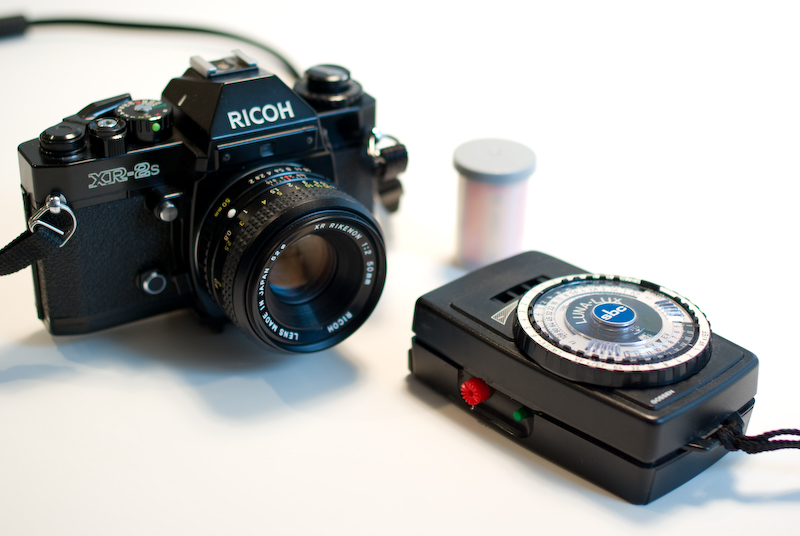I started out with reflective meters, which operate much like a "full screen" TTL meter, except even more inclusive! This was long before TTL metering. We would aim the meter down somewhat to exclude the sky, or shade the cell with a hand, or move in as close as possible to take a reading off a face or another important subject area. Even still judgement was involved; dark skin required compensation as would a snow scene. And with film you wouldn't know the results until later, so keeping a notebook was a good idea. Sitll is, although I rarely do.

It is my understanding that a spot meter, either in the camera or hand held, involves considerable judgement in deciding which area or areas to meter, and in the case of several readings, how to arrive at the necessary compromise camera setting. While my Minolta Autometer has a spot reading attachment it takes in a 10 degree area, much broader than the Pentax Spotmeter, so I've rarely used it.
All meters rely on the assumption that a "typical" subject has an over all reflectance of 13 to 18 percent, depending on who's talking! See
Gray card - Wikipedia, the free encyclopedia I've always heard 18 per cent, but have encountered the 13 per cent figure recently. YMMV, as always. Note the "typical" caveat. Taking a reflective reading of a polar bear on an ice floe will "push" the image to gray unless you compensate, likewise a reading of a black cat on a dark carpet will result in a gray image.
(A gray card would be a good thing to carry, along with the 90% white card mentioned in the article. With a DSLR you could set your white balance exactly from the white card and not have to wonder where to find a "white" area in post processing.)
These extremes are where the incident meter is said to shine, by considering only the light falling on the subject - the dome collector is pointed toward the dominant light source at the camera or at the subject position, thus differences in subject reflectivity should be of no consequence. I use an incident meter when shooting film with my Vitessa L, the camera's built in uncoupled meter works but is very inconvenient. Using the Autometer I've had very consistent exposures in BW and color.
According to the Norwood Director's instruction manual the Director was the instrument of choice on movie sets, for better or ill!
If you want really thorough info on exposure, check into Ansel Adams' The Negative. While he deals primarily with sheet film and its ability to have customized development, he also discusses roll fim. There are other discussions of the Zone System which Adams developed, a prominent one was by Fred Picker, I believe.


 Similar Threads
Similar Threads 






 I actually don't have any experience with a reflective meter, so I'm not going to be very good at discussing which one is better. I think you can learn something from spot, reflective, flash or even the camera's.
I actually don't have any experience with a reflective meter, so I'm not going to be very good at discussing which one is better. I think you can learn something from spot, reflective, flash or even the camera's.




 Post #13 by grhazelton
Post #13 by grhazelton








